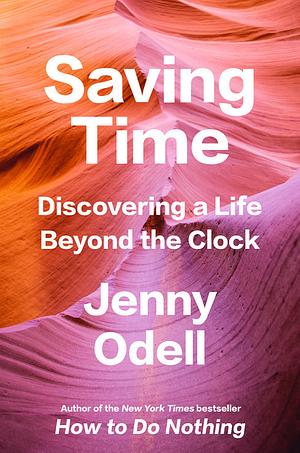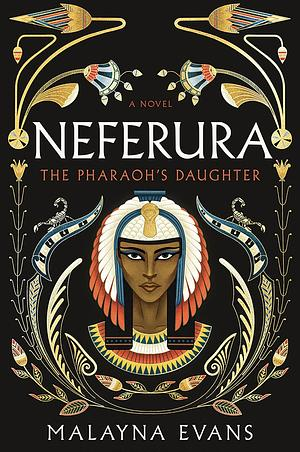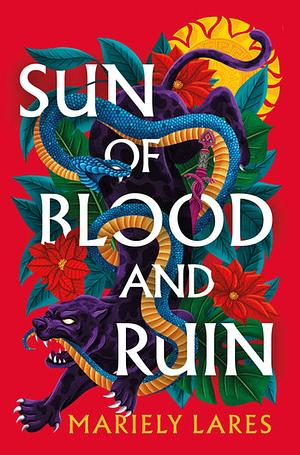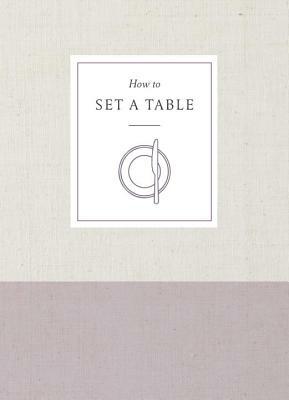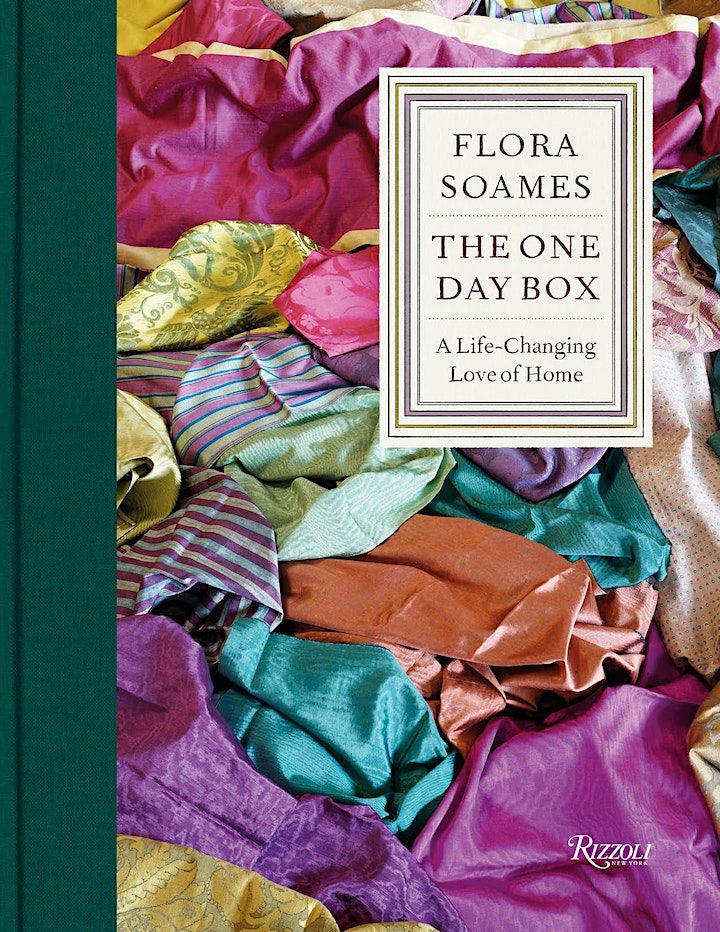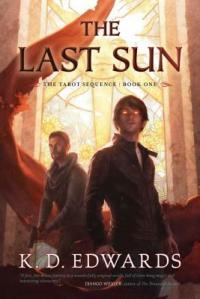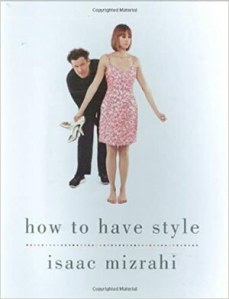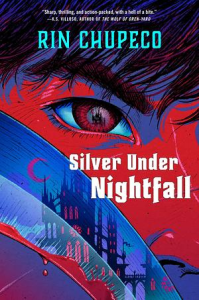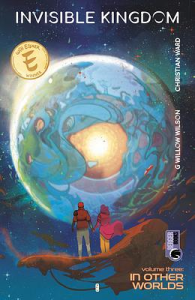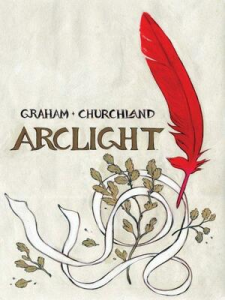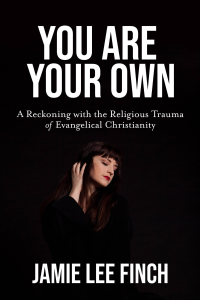Silver Under Nightfall by Rin Chupeco
See it on The StoryGraph here
Status: Completed
I’m not really sure why I picked this up, but I’m so glad I did. It’s heavily Castlevania-inspired (obvious even to me, who knows next to nothing about Castlevania). The world-building is a bit confusing in places, but probably less so if you’re familiar with Castlevania, and it’s great all the same. The societies and the country itself and how everything works is a fantastic blend of 1800s Europe, dawn-of-science a la Frankenstein, and a world where vampires are normal. I’m normally not much for romance, but this one is deliciously angsty, slightly forbidden, frequently steamy, and polyamorous. And of course the whole book features Remy, who is so good at what he does and also so broken and full of pain and angst and self-sacrifice. He gets an amazing healing arc and he so much deserves it. He’s achingly relatable and so easy to root for and the angst is on point. I love him and I love the vampire couple and this entire book is fantastic. There’s going to be a sequel, and you’d better believe I’m reading it as soon as possible.
Tags: It’s Queer!, Bi/Pan Protagonist, Polyamory, Nonbinary author, they/them author, Series: Silver Under Nightfall
Trigger Warnings: Parent death, child abuse (in past, moderately described), trauma/trauma reactions, child death, emotional abuse, blood (so much), violence, gore, death, murder, medical content, body horror, sexual content (dubious consent), sexual content (enthusiastic consent), mind control
Invisible Kingdom, Vol.3: In Other Worlds by G. Willow Wilson and Christian Ward
See it on The StoryGraph here
Status: Completed
This is the final volume in the series, and it was just too short for everything it was trying to do. What it was trying to do – a burgeoning revolution, a big arc for Vess, a romance between Vess and Grix, a creepy religious order bent on destruction piloting a planet as a weapon – was admittedly really cool. But the whole thing felt rushed and missed a lot of moments that could have been really emotionally impactful because it just didn’t have enough time to do anything. Our protagonists did achieve their ultimate goal, but by sheer luck – they floundered around doing small things, and the main thing was actually accomplished by a secondary character who, up until the climax, had been doing everything he could to stop Grix and company. It was realistic, but it also felt a bit cheap. I really am unsure why I finished this series, as I’ve never been a fan of the art style and the story has just kinda been “meh.” But I finished it, and it was just solidly okay.
See my review of Volume 1 here
See my review of Volume 2 here
Tags: Muslim author, Hijabi author
Trigger Warnings: Injury, confinement (minor), bullying, violence
The Ugly History of Beautiful Things: Essays on Desire and Consumption by Katy Kelleher
See it on The StoryGraph here
Status: Completed
For an introduction that had such promise, the actual essays were less fantastic than expected. I was thrilled by an introduction that discussed the tension between desiring beauty and the cruelty and destruction that often goes into producing beautiful things. I copied down several of the quotes to save: “There are no pure things in this world: everything that lives does harm; everything that exists degrades” and “desire and repulsion exist in tandem and … the most poignant beauties are interthreaded with ugliness. There is no life without suffering. There is no way to live without causing harm.” But the essays themselves and the conclusion didn’t quite fulfil the promise. I learned a lot about Katy’s personal thoughts on various beautiful things (porcelain, shells, flowers, diamonds, silk …) and a lot about the history of how those things are created and the suffering, pain, and damage behind them, and the writing was engaging and poetic, despite the combination of the personal and general feeling a bit discordant at times. But the whole book felt like it was missing a final point, just meandering to an end without actually saying anything. I think perhaps I just wanted Katy to explain how I can desire beauty while not supporting the cruelty behind it, or to give me permission to desire beautiful things despite the pain and destruction it takes to produce them. In which case, the “missing point” is not the fault of the book but rather the fault of me expecting more than one slim volume of essays would ever be able to give.
Trigger Warnings: Mental illness, suicidal ideation, panic attacks/anxiety disorders (mentions), animal cruelty, vomit (mentions)
Arclight by Marian Churchland and Brandon Graham
See it on The StoryGraph here
Status: Completed
The art in this is GORGEOUS. I love the character design and the world and just the whole style. It’s graceful and beautiful and has a dreamlike quality that I adore, and I appreciated how the sparse dialogue let the visual storytelling shine. However, the story itself ranges from vaguely confusing to utterly incomprehensible. I was never fully sure what was going on at any given point. I have no idea what the purpose of the goose even was. And it felt incomplete, like there was a fifth issue that concluded the series that for some reason wasn’t included in the full collection. I finished it mainly because I wanted to look at the artwork, but I still don’t really know what was going on here.
Tags: It’s Queer!, they/them author
Trigger Warnings: Blood, injury, body horror, animal death
Stuff: Compulsive Hoarding and the Meaning of Things by Randy O. Frost and Gail Stekeete
See it on The StoryGraph here
Status: Completed
I picked this up mainly because the second half of the subtitle (“the Meaning of Things” bit) sounded interesting to me. I wasn’t all that interested in hoarding itself. At least I wasn’t before I read this book. Because this was actually fascinating. Hoarding is one of those things that people think is a moral failure of some kind, but this book really highlighted the mental health aspect of it and the different psychological aspects involved (although whether they’re symptoms or causes or both is arguable). What I didn’t expect was some insights into myself. I’m not a hoarder, but I do have a complicated relationship with stuff and the act of owning it. I expected to learn about hoarders. I did not expect lines like “Physical objects provide clear and tangible verification of mastery over the world” and “Violations of ownership lead to extreme feelings of vulnerability” to explain some things about my fraught relationship with stuff. So in addition to being quite interesting, I learned a lot about the psychology of hoarding, and also myself.
Trigger Warnings: Mental illness, sexual assault (discussions)



